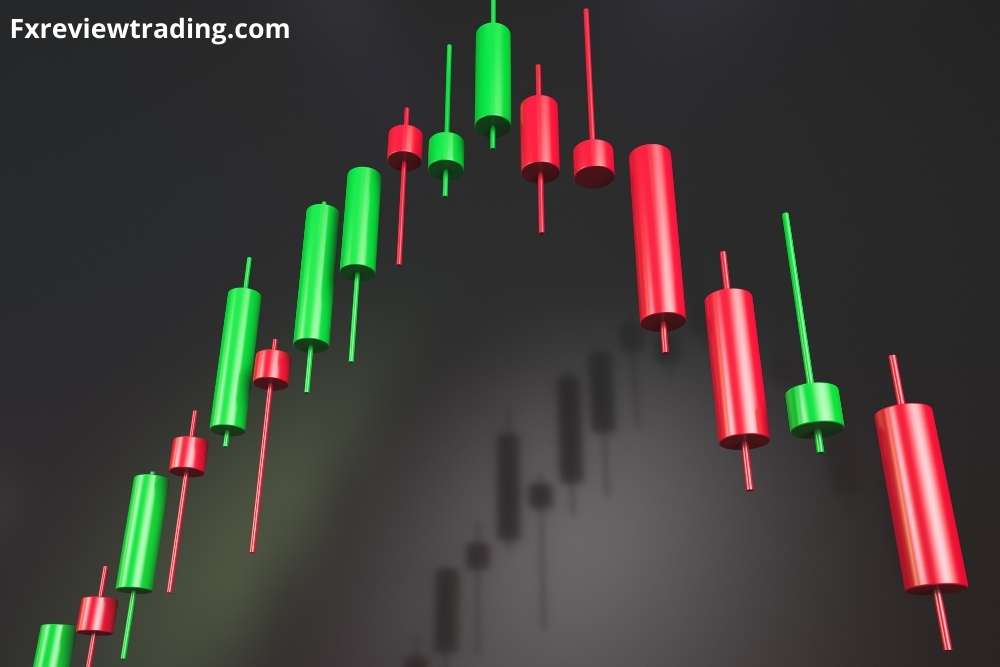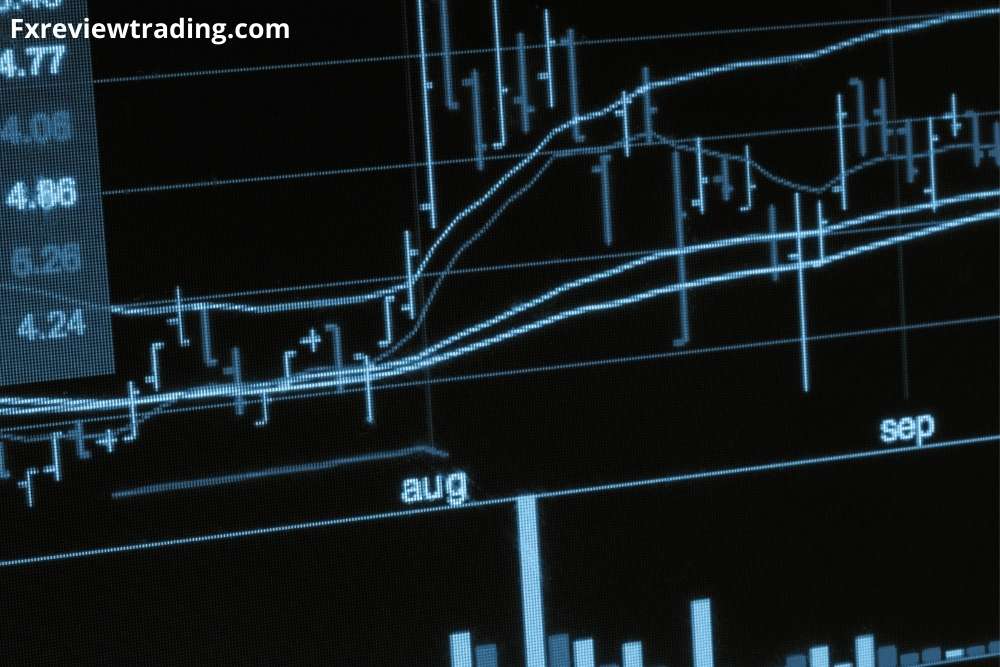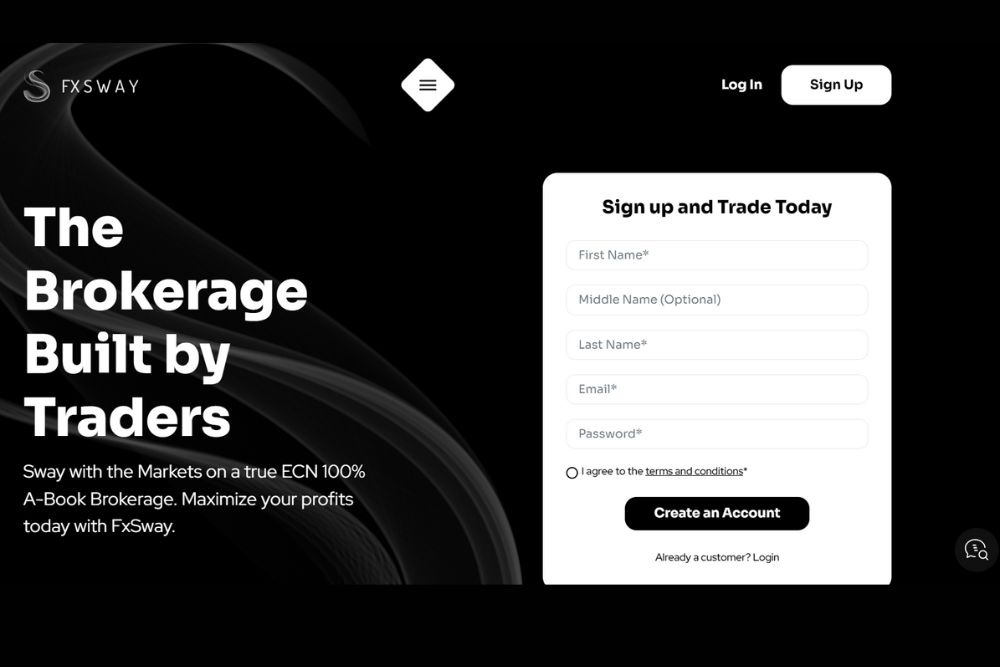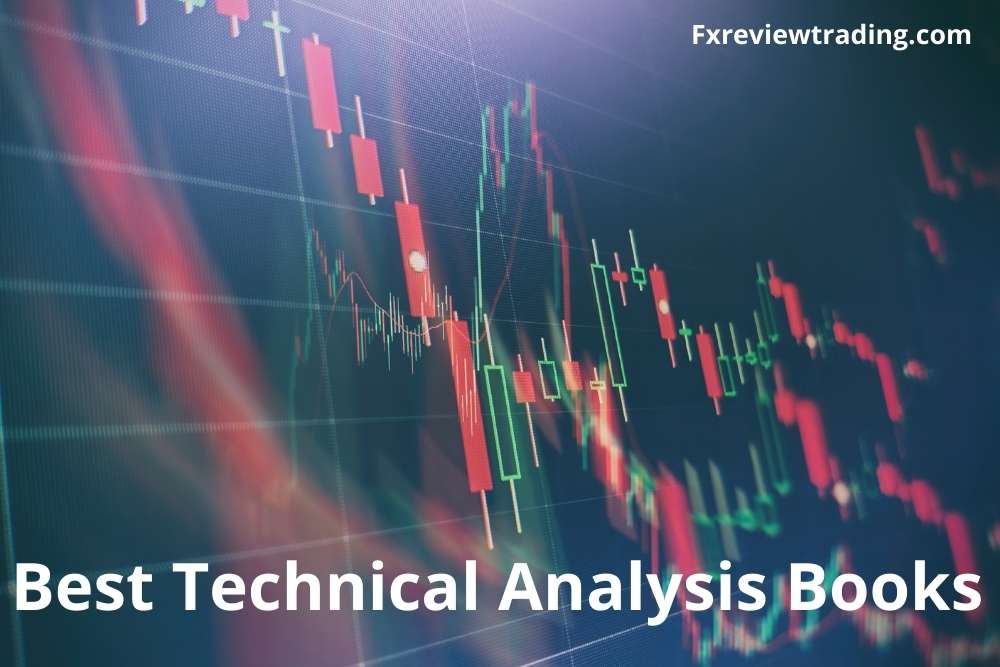We’ll look at the distinctions between automatic and manual trading in this article. While manual trading has been around for a long time, automated trading is becoming more accessible to retail traders, fueling the argument over which approach is ideal. Let’s take a closer look at both.
What is manual trading?
Manual trading refers to when a trader decides when to buy or sell an asset and then executes the trade using market or pending orders. Before deciding to act, a manual trader may scan different markets to see if there is an opportunity. In essence, the trader does the majority of the labour; therefore, their outcome is only as good as their input.
An intraday Forex trader, for example, would spend the morning analyzing a list of currency pairs for combinations of technical analysis events through indicators and other sorts of analysis. They can then either place a buy or sell order personally, or they can create a watchlist and set alerts to tell them when the price of an asset reaches a level they want to buy or sell at.
The trader can then decide whether to purchase or sell by placing his or her own order. Some traders prefer to control their own trades by shifting stop loss and taking profit levels as the market moves. In manual trading, the trader is responsible for all decisions and actions.
What is automated trading?
Automated trading refers to when a pre-programmed algorithm makes all of the decisions about what asset to buy or sell and at which time, based on the instructions specified in its code. A trader, programmer, or quant can program their manual strategy so that it executes trades automatically when particular rules or conditions occur.
A programmer may be hired by an intraday Forex trader to turn their manual trading method into an automated trading approach. They may discover that the conditions are either lax or too constrictive after some trials. The trader may be pleased with their algorithm after a time of optimization and then test it using a demo trading account. Even if they become life, the trader may initially try it on a modest account before investing more money.
Those who expect their manual trading rules will function in an automated trading system are mistaken. Successful automated traders test, optimize, and develop their systems carefully and consistently. The trader does not need to be present in this situation to find or execute the trade. They can devote more time to improving and expanding their trading methods.
Significance of both trading methods
Manual Trading vs. Automated Trading. Humans vs. Robots. The discussion over both trading styles is always been a centre of conversation among Forex traders regarding which trading style is the best.
Different merchants, on the other hand, will give you different advice. Some people prefer manual trading, while others choose to use an automatic trading system, sometimes known as a trading robot, to trade the Forex market.
There are a few things to keep in mind even with the best-automated software. Keep it simple at first while you gain experience, and then go on to more complicated systems day trading techniques.
So bear in mind that if you use your automated day trading algorithms to trade many markets, you might not obtain the results you want. Copy Trading could be a good place to start if you’re new to automatic trading.
Make sure that whatever automated program you choose has a strictly mechanical strategy. Because automated day trading systems can’t make educated judgments, all discretion should be removed. Many automated trading systems are tweaked to succeed in specific markets and trading styles.
Automated trading vs Manual trading
When it comes to determining which trading technique is the best, a variety of factors come into play, including expertise, time, available resources, and more. The advantages and disadvantages of each trading strategy are listed below.
Auto trader pros
- Trading decisions are no longer influenced by emotion. Most rookie traders find it difficult to stick with a strategy after a few losing trades, resulting in them never attaining a regular set of trades that allows a statistical edge to operate in their favour. Trading robots can perform your deals without emotion; hence auto trading removes this feeling.
- Traders can develop a portfolio of multiple systems to handle different market scenarios in this kind of trading, providing for a degree of diversification in their strategy. Because the algorithm can display all previous historical transactions, traders can rapidly determine whether a system has worked in the past and gather helpful statistics to determine when it will cease operating in the future, such as exceeding previous straight losses, among other things.
- New traders can begin by using a demo account to try various methods that are accessible for free, or they can purchase one through the MetaTrader marketplace. This is a good approach to figuring out if auto trading is suited for them.
Auto trader cons
- The past does not imply that the future will be the same. That, because a process has worked in the past, doesn’t ensure it will continue to function in the future. Market circumstances shift, volatility shifts, trends shift, and so forth.
- Auto traders can easily over-optimize their systems and tweak criteria to make their past performance appear amazing. It’s known among auto traders as ‘curve fitting,’ and it’s a pretty prevalent problem. While traders may determine the ideal variables for their system based on previous data, this has no bearing on price data in the future.
- Hiring a programmer to help write a trading strategy comes at a price. Any optimizations or adjustments may necessitate further expenditures to explore and rectify. The second option is for investors to understand how to code on their own, which would be another disadvantage for most.
Manual trader pros
- The trader must learn about the market they are trading, the instruments they are utilizing, and trading strategies such as technical analysis and fundamental analysis through manual trading. This is a fantastic approach to gaining trading experience, which will come in handy when trying to create an automated trading system.
- Traders that trade manually have a little more control over what they do and when they do it. This is significant from the standpoint of mindset. This is especially true if a trader is trading with real money. Knowing you have a trade open, entering the specifics, and seeing the stop loss on the chart might help you feel more confident in your account management.
- A trader can genuinely discover what is good for them and what is not good for them using manual trading. Most traders suffer from the mental component of trading, especially when it comes to losing transactions, which is an inevitable part of the business. However, by recognizing what isn’t working, they can improve their performance.
Manual trader cons
- Trading by hand takes time. To achieve higher performance, the trader must conduct research, be present to place orders, and spend time examining their trades and individual behaviour. However, some of these jobs can be semi-automated. For instance, a trader could utilize pending orders to tell their broker to cancel deals at predefined profit or loss levels.
- To trade well, you must have a disciplined mindset. Many traders are easily swayed by their emotions and begin to gamble. It is the trader’s responsibility to maintain risk management discipline at all times, ensuring that they don’t take the chance more to allow for losing trades, trading steadily to allow a numerical edge to work in their favour, and focusing on their processes rather than the other people’s opinions.
- Many manual traders have trouble with being completely responsible for their trading account, and instead of looking critically at their own attitude and decision-making ability, they blame their strategy, platform, or broker.
Manual traders might take advantage of automated trading services to assist them in identifying prospective trading opportunities.
Best Automated Trading Software
When we discuss automated day trading systems, there is no such thing as a one-size-fits-all solution. Skilled traders may even want to build their own trading platform from the bottom in order to get ultra-fast automated trading that is completely tailored to their needs.
It depends on your requirements, the market you want to target, and how much personalization you want to do yourself. Some of the most common pre-built automated systems are listed below.
- Meta Quotes trading platforms: MetaTrader 4 (MT4) and MetaTrader 5 (MT5)
- Robo Advisors
- TradeStation
The most commonly used form of the above trading platforms is MetaTrader 4. It is the best trading software available and intuitive to run smooth operations. MetaTrader 4 is provided by many leading brokers like Investby. You can learn to use and get familiar with the software using the free demo account provided by Investby.
MetaTrader 4
The MT4 platform is one of the most important platforms in the financial world today. It is a trading platform that has won numerous awards. It has excellent and user-friendly features. It has also been tried and tested by millions of people. As a result, trading with it improves with time.
Here are some excellent features of the MT4 trading platform
- Advanced technical solutions
- Best professional trading tools
- Multiple timeframes
- Secured trading environment
- Highly Encrypted
- Powerful firewall to keep personal information safe
- Instant market orders
- One-click trading options
Bottom Line
The inability to stop interacting with algorithms and not assigning a longer time horizon are two of the most typical faults people make when using automated trading.
Day trading that is automated is becoming increasingly popular. However, if you go with that approach, you’ll need to back and forth test your plan frequently. But let’s be clear: nothing beats meticulously handled manual trading.










